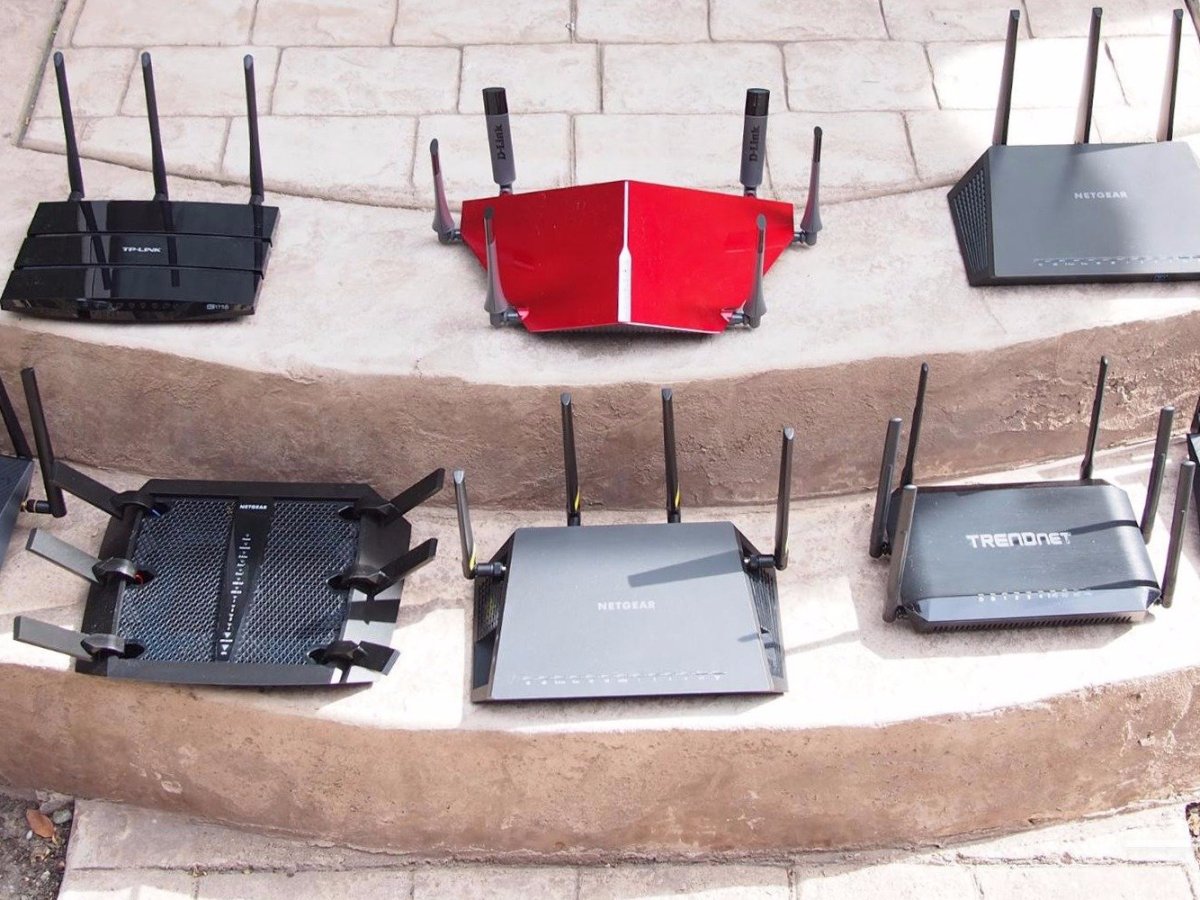Category: Hardware Topics

VLAN Configurations, Trunk Links, and 802.1q Encapsulation
A "VLAN" is short for a "Virtual Local Area Network." You can think of them just like an ordinary LAN where each LAN is its own subnet and broadcast domain; however, a VLAN is a virtual LAN. Take a look at the network design below. This is a 10.0.0.0/24 network, which gives us 1 subnet ...

What is Snort? Bonus: How to Write Snort Rules!
Snort is an open-source, signature-based Network-based Intrusion Detection System (NIDS). Actually, Snort is much more than just a NIDS because it also acts a packet analyzer and a Network-based Intrusion Prevention System (NIPS). Snort was originally developed to be a packet analyzer, and with such sniffing capabilities, it can be used to detect intrusions on ...

Routers: Understanding The Basics
Routers A router is a layer 3 (Network) device. Unlike hubs and switches that connect computers, servers, printers, or other peripheral systems together, a router connects networks together. Therefore, you can connect 2 or more LANs together and even connect two or more larger networks together in a WAN. There are several types of ...

Cabling: The Different Cable Types Seen On Both Old And New Networks – Copper, Fiber Optic, And More
When you get into networking, you'll have to get into cables...and there sure are a LOT of different cables. On top of that, you'll have to memorize all the connector types too. But, it doesn't stop there; bandwidth, frequency, max length, and application must be memorized as well. For this post, I'd like to leave ...

Switch Security
I've made several posts about switches, how they function, and the amazing features they possess, but now it's time to talk about their security. Let's start with switching loops. Switching Loops and STP/RSTP In some cases, a network can develop a "switching loop," sometimes called a "bridging loop." In networks with a lot of switches, ...
